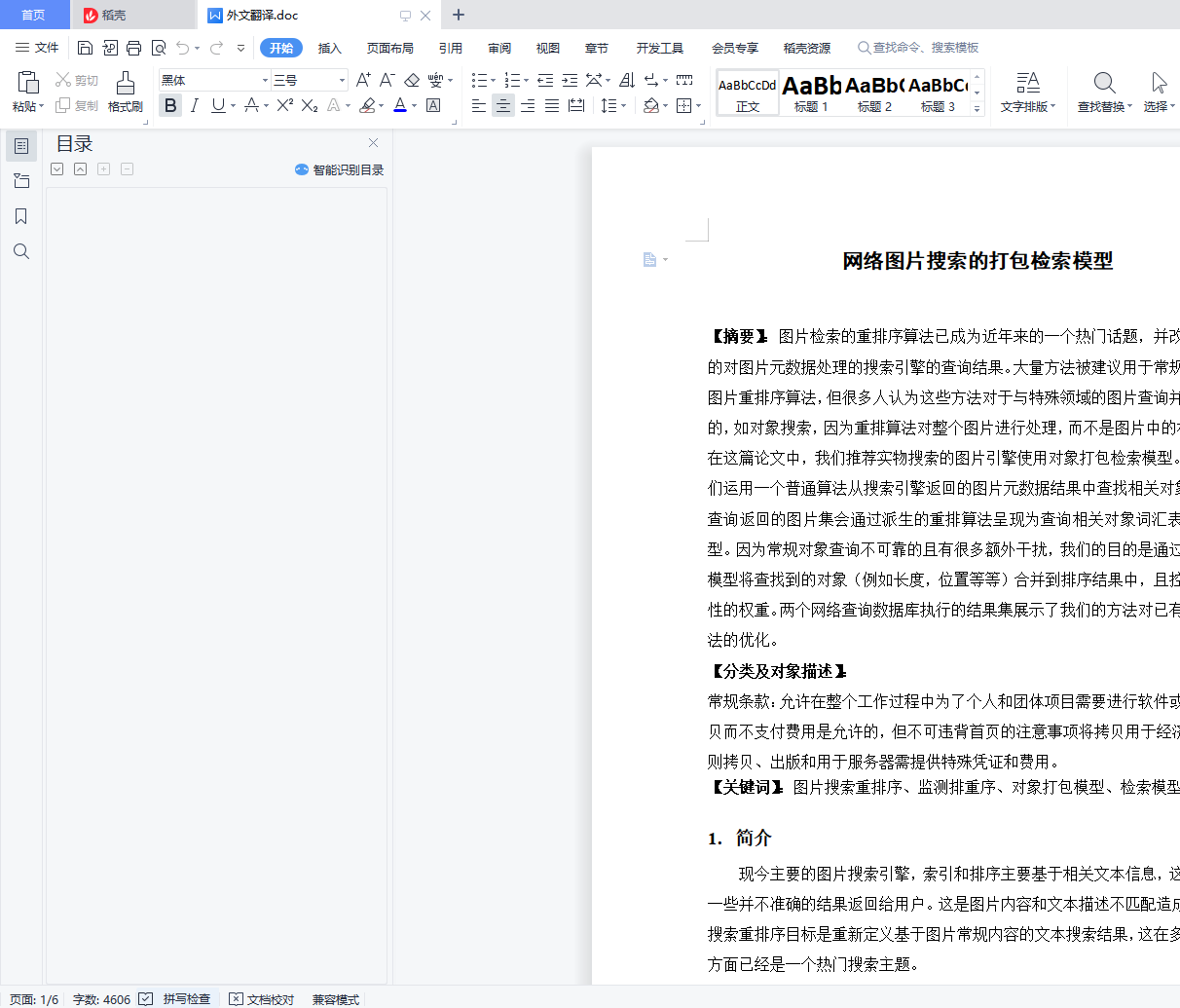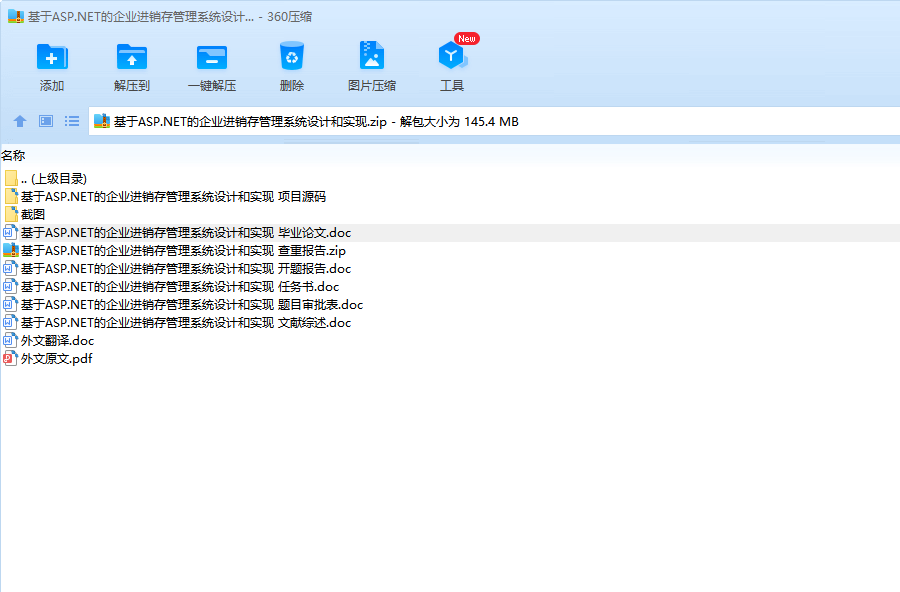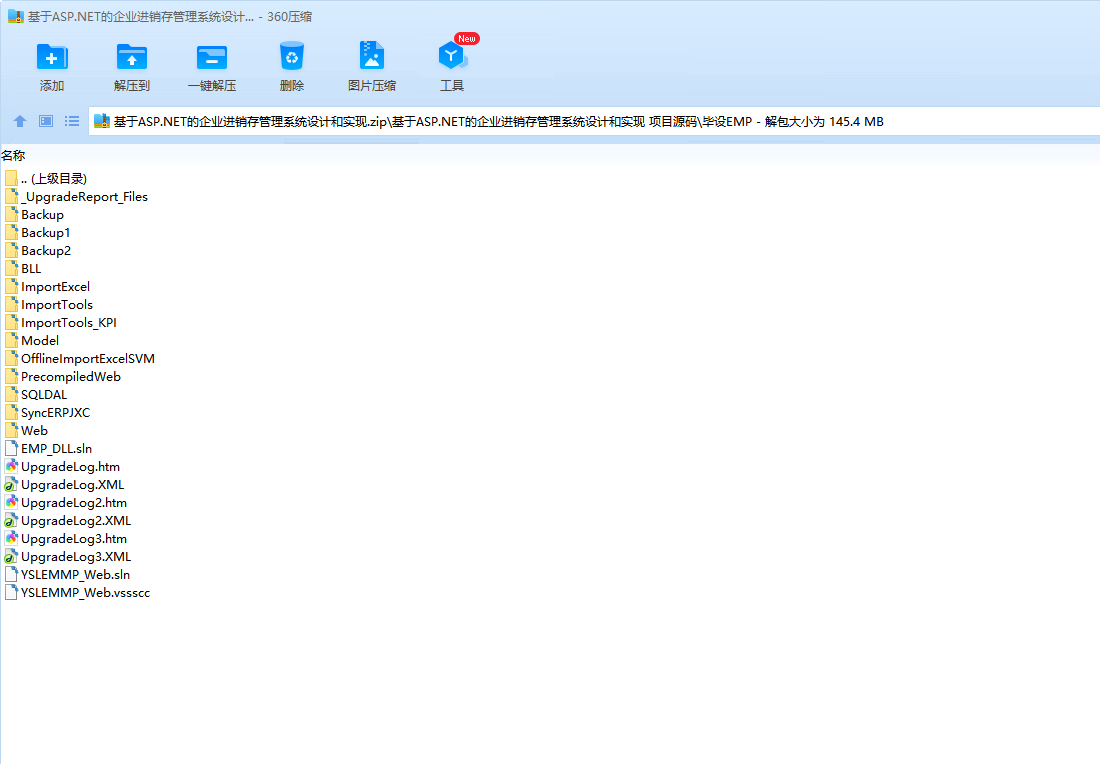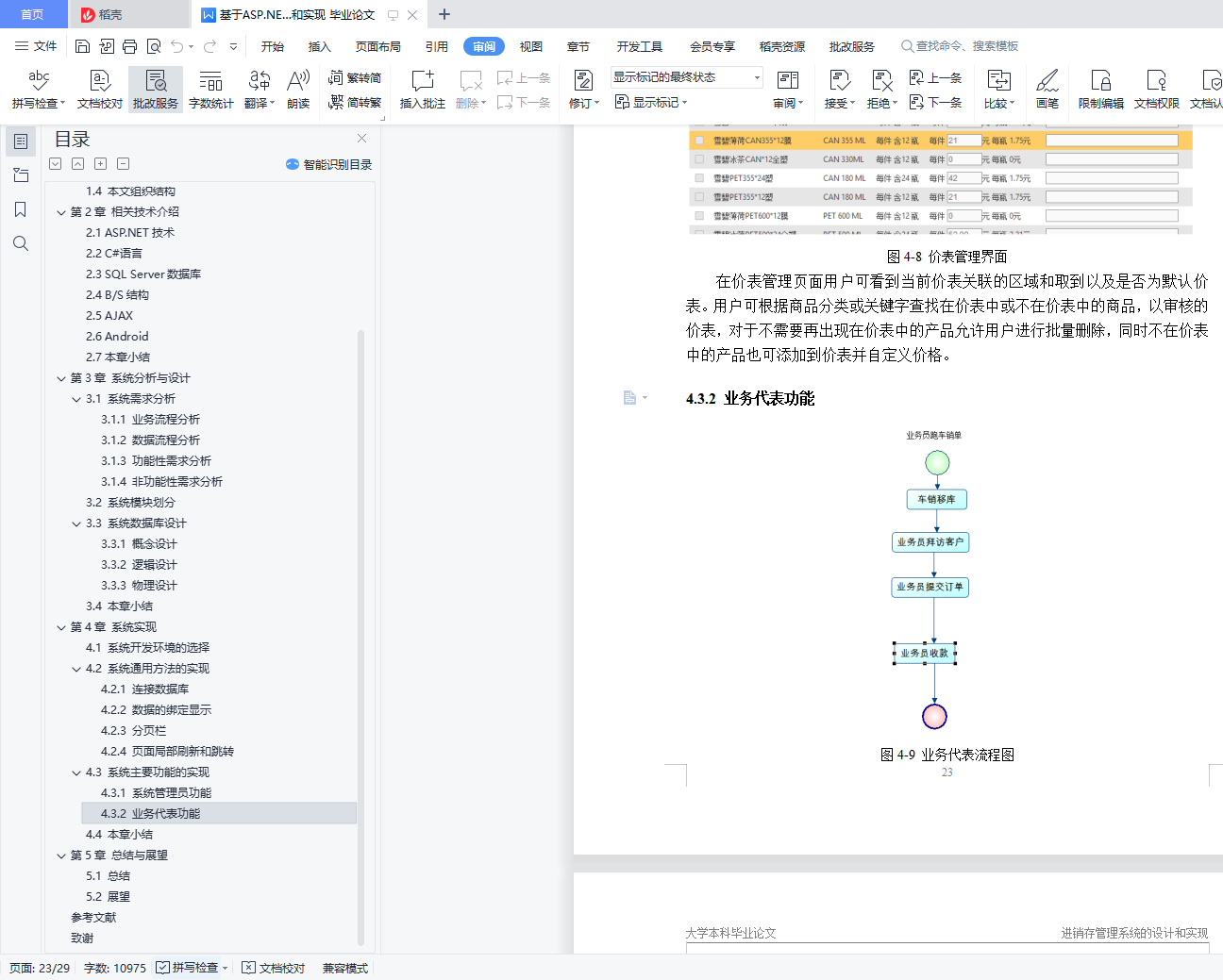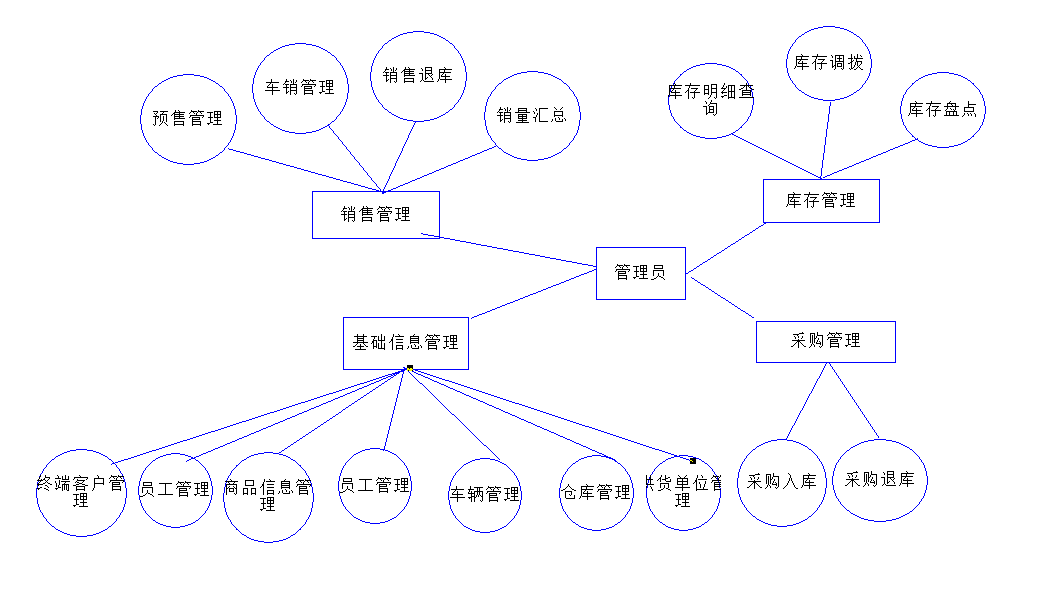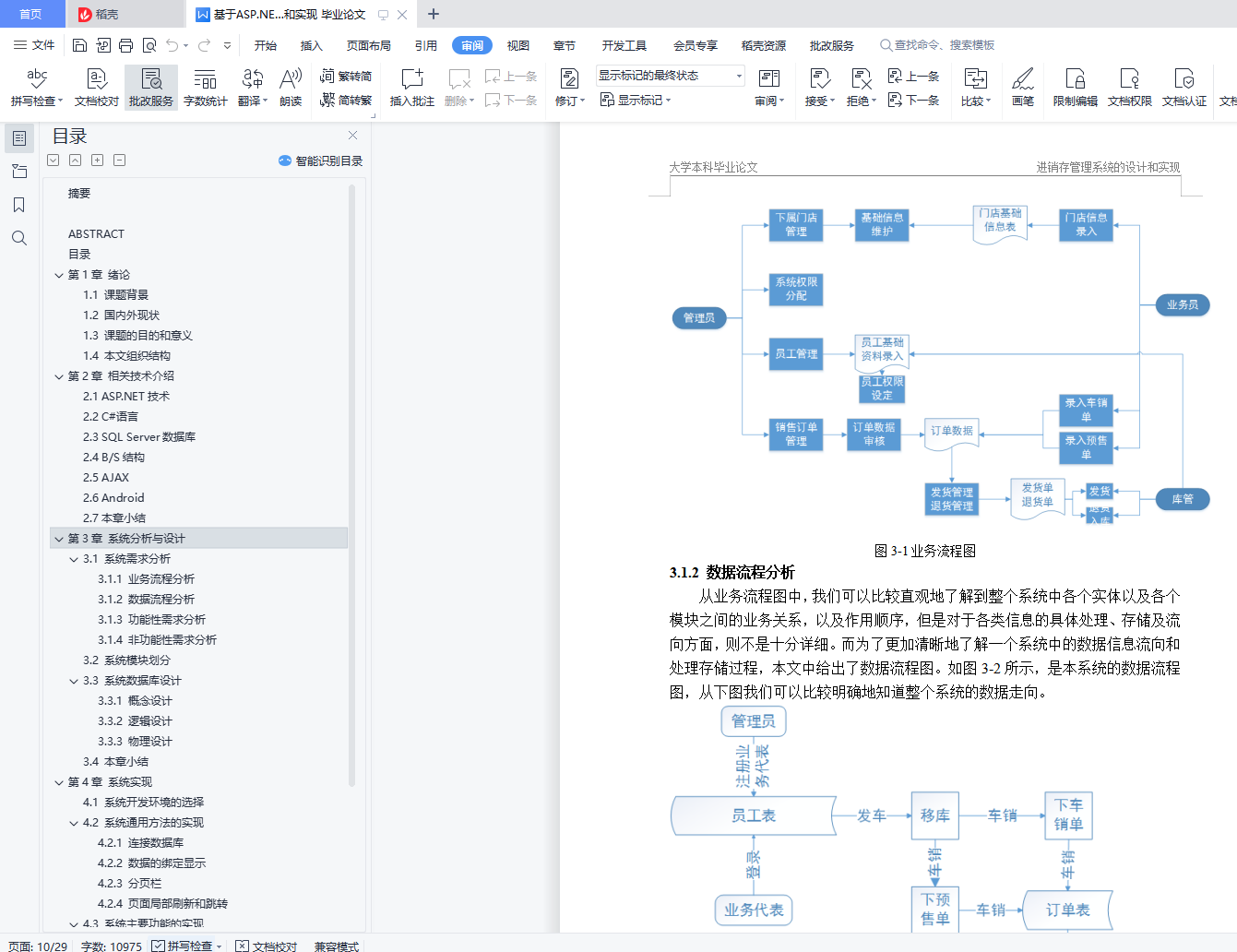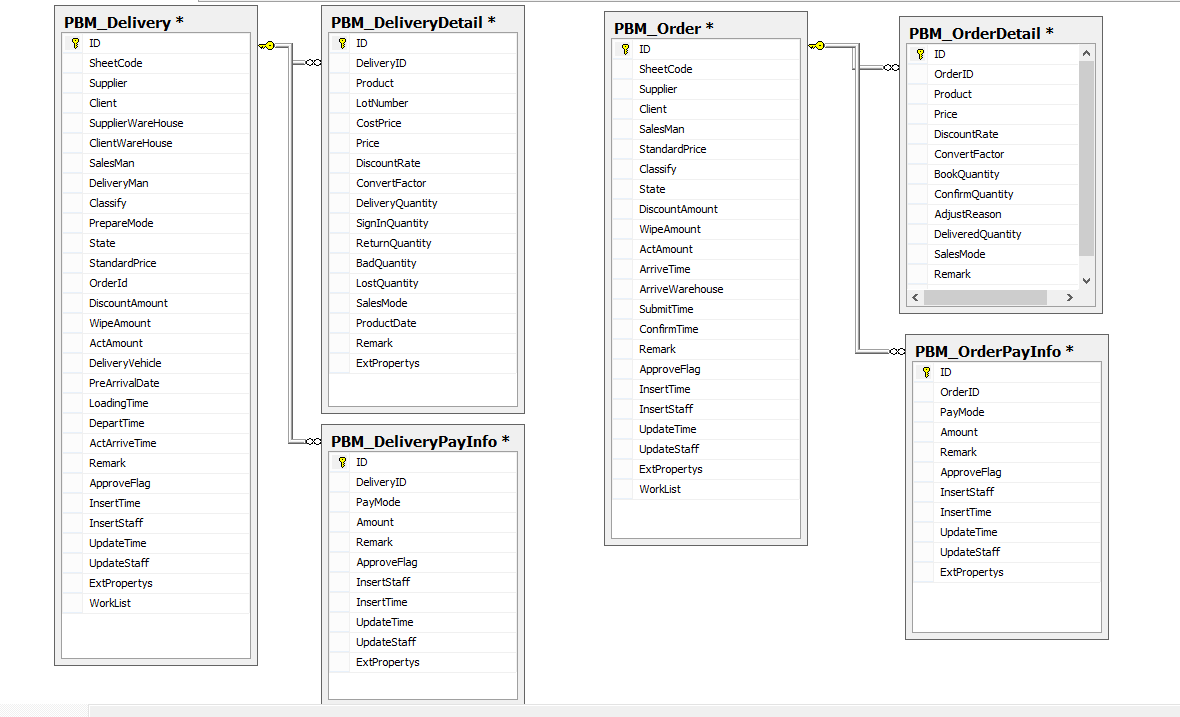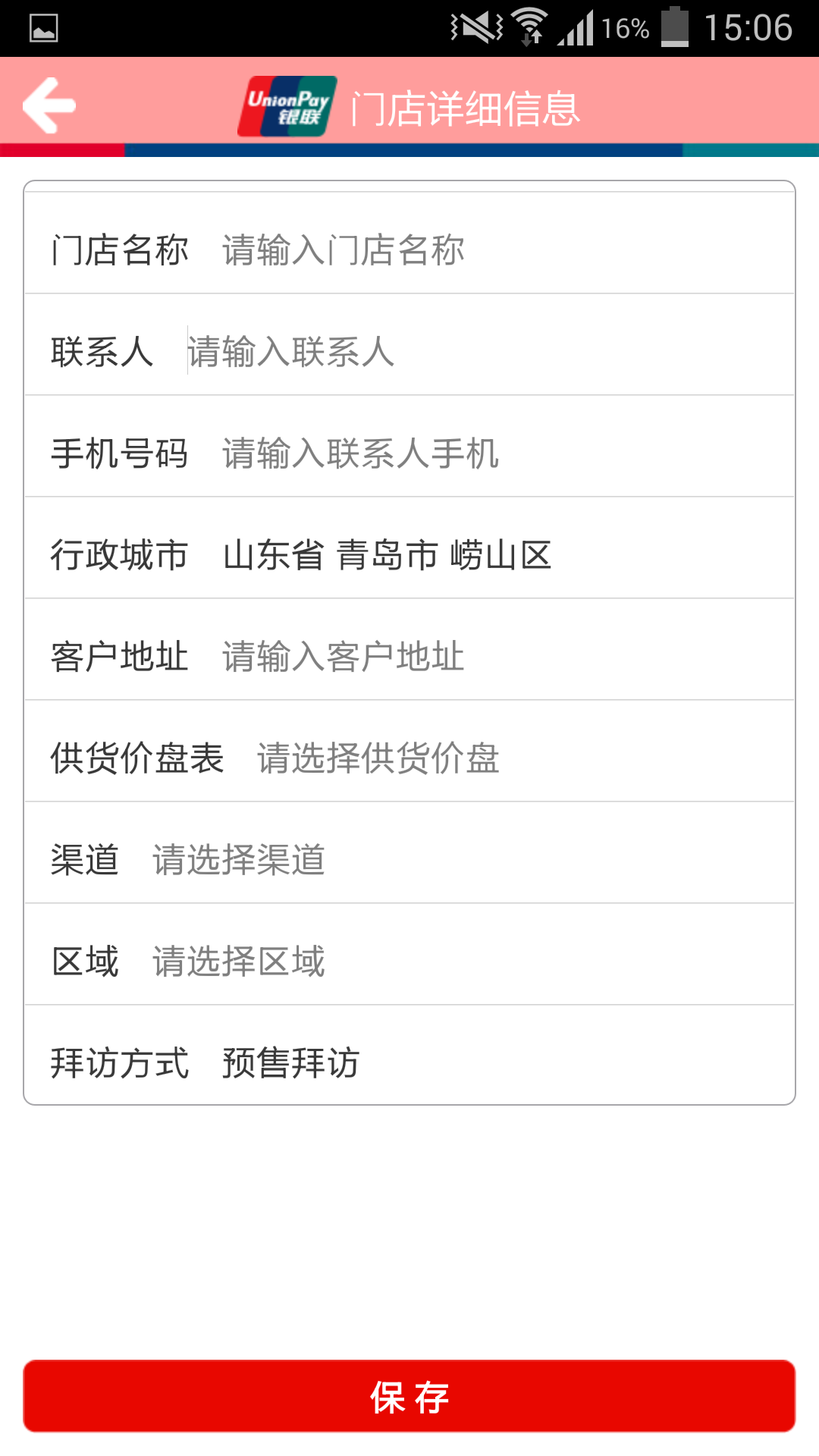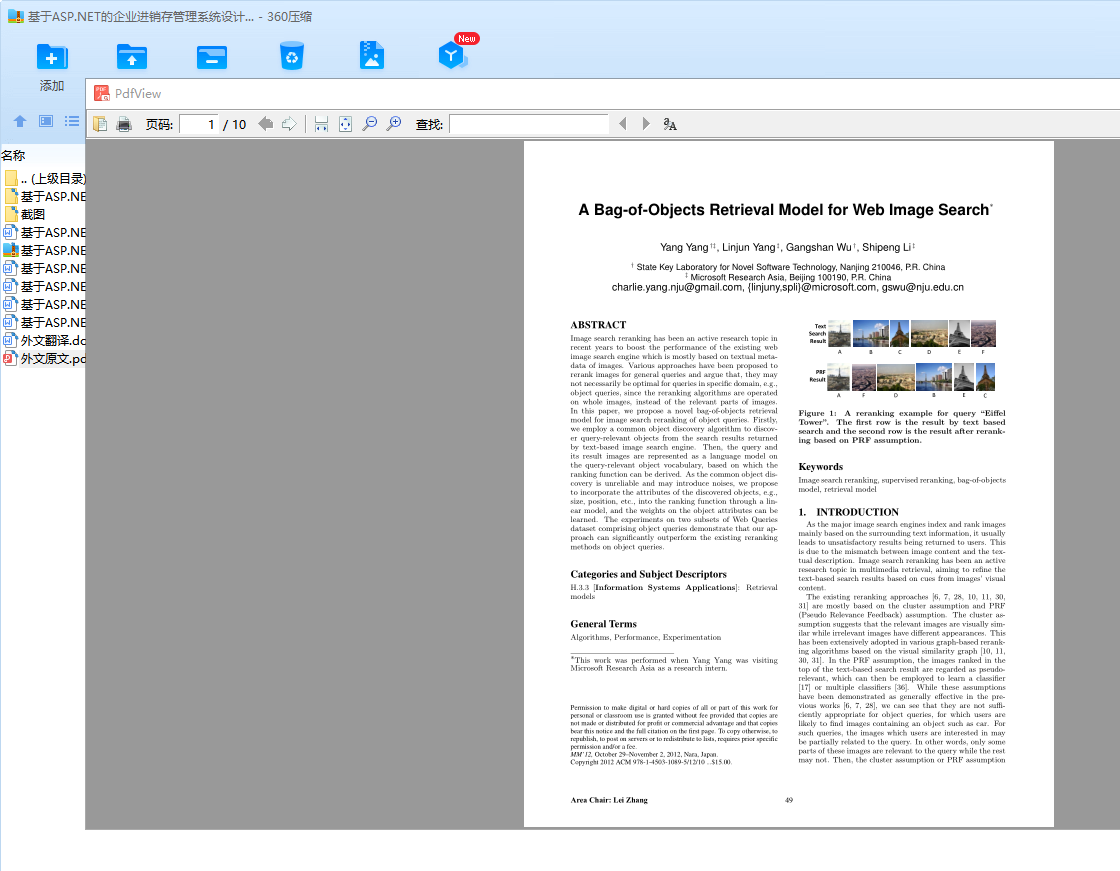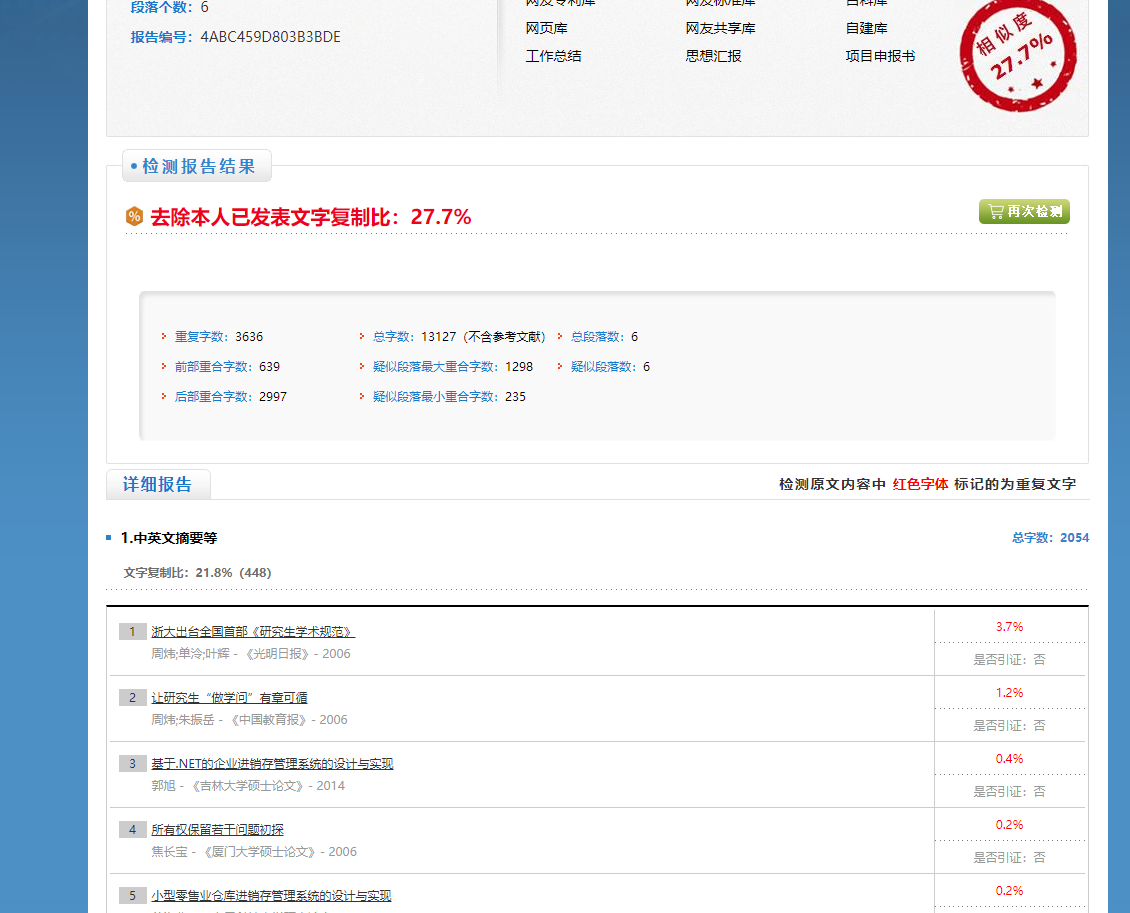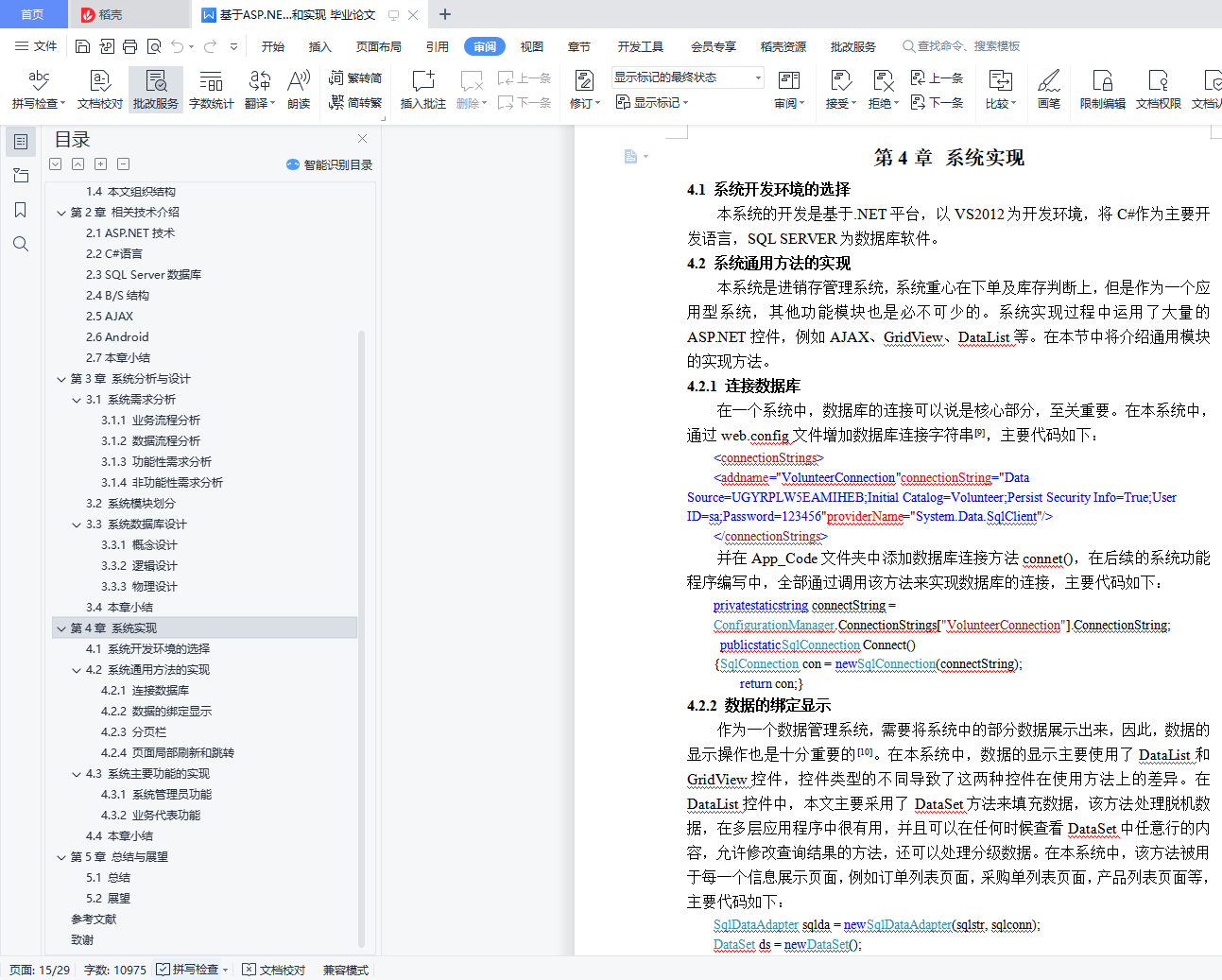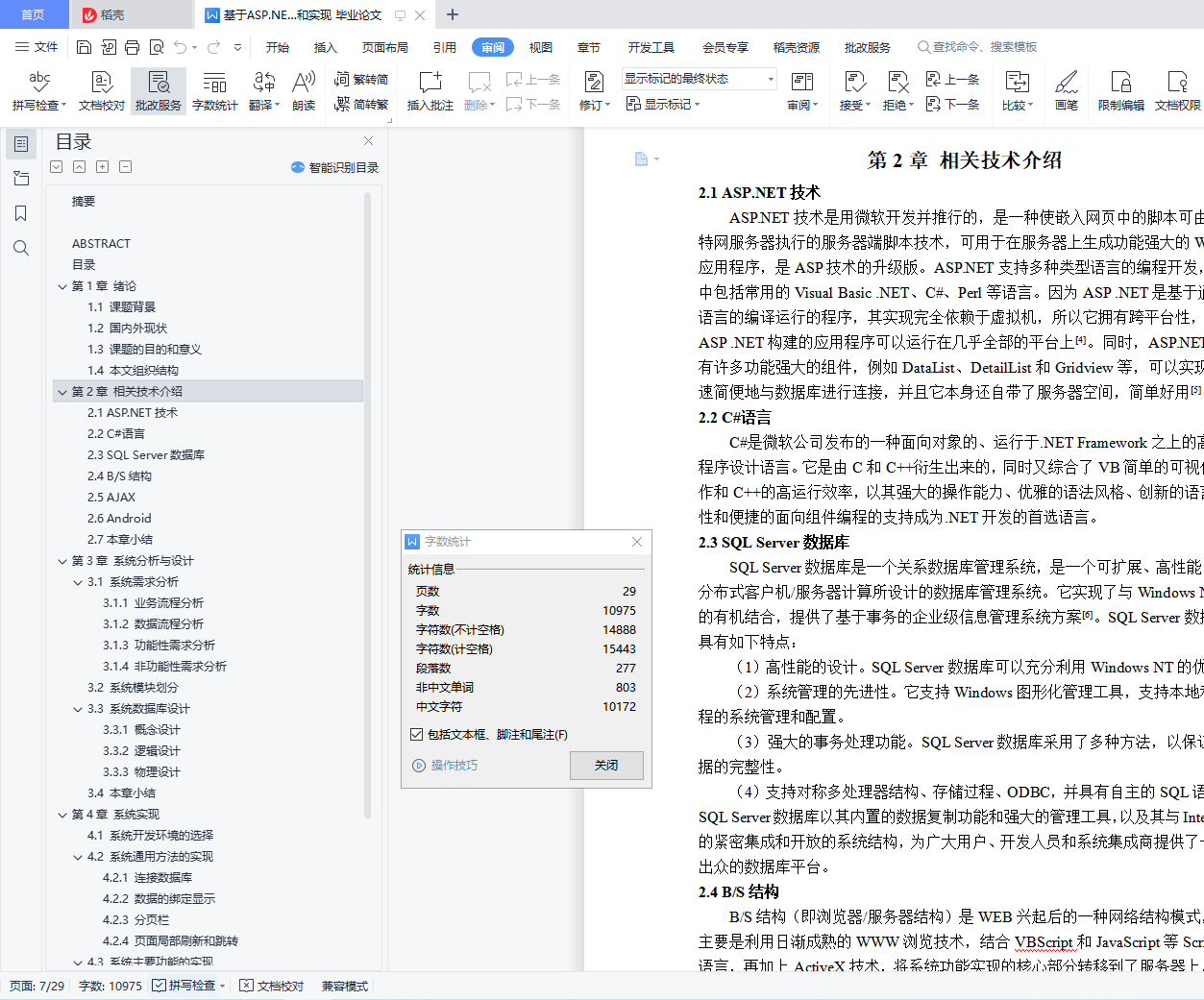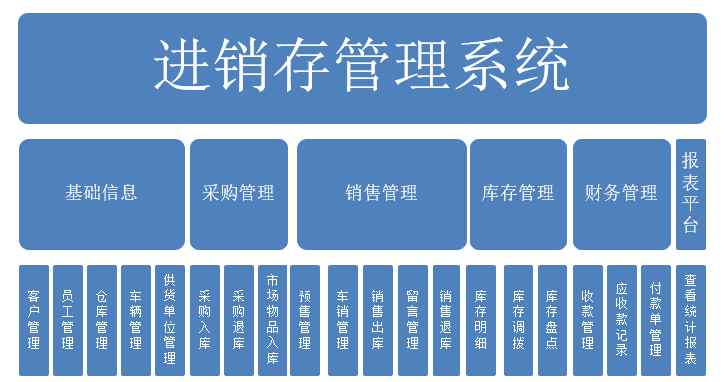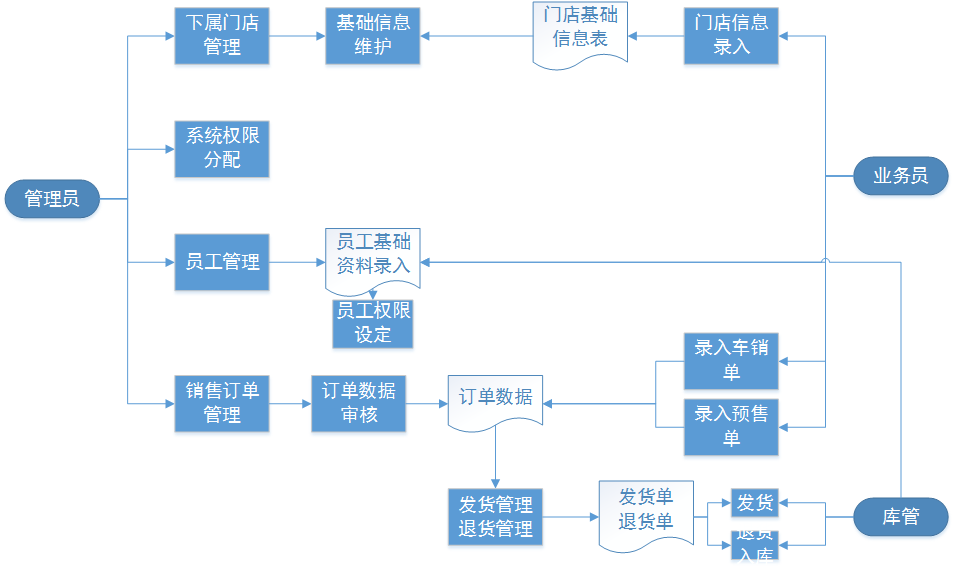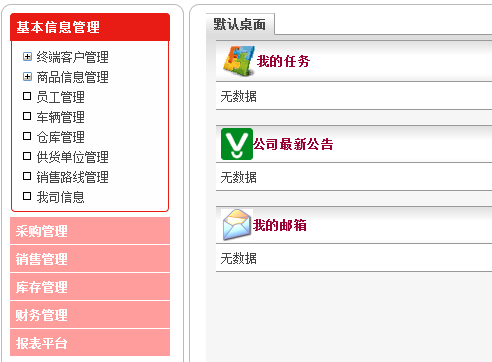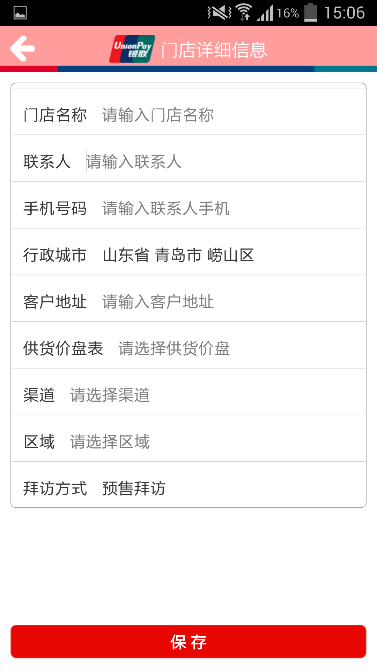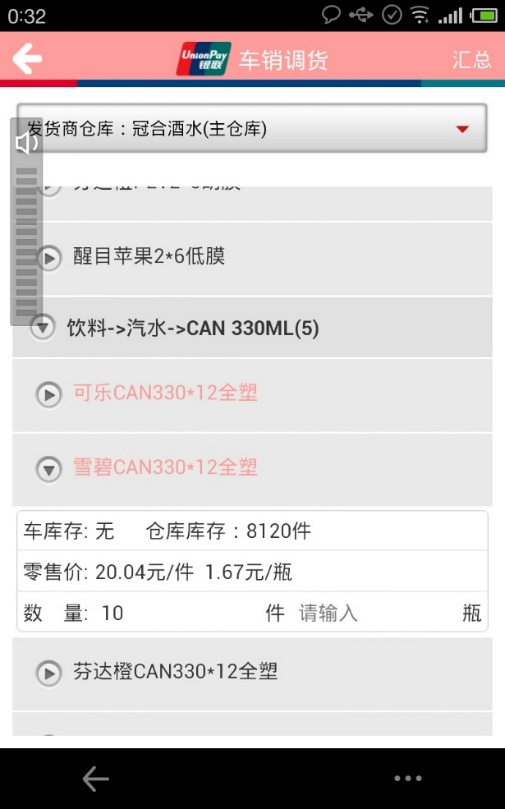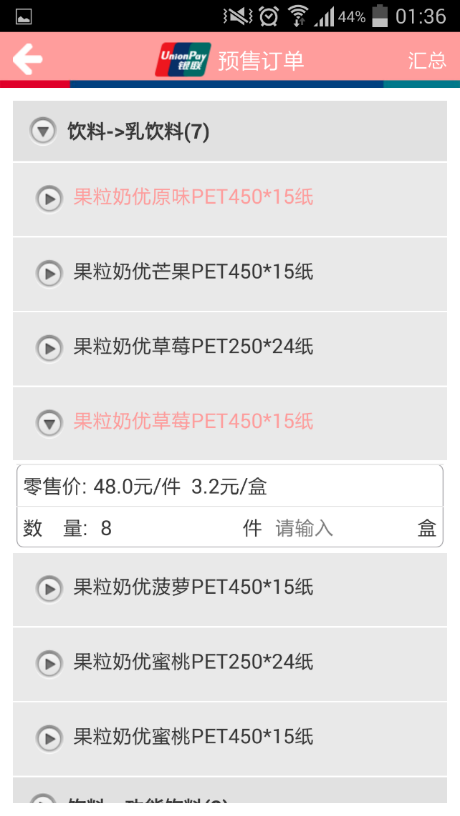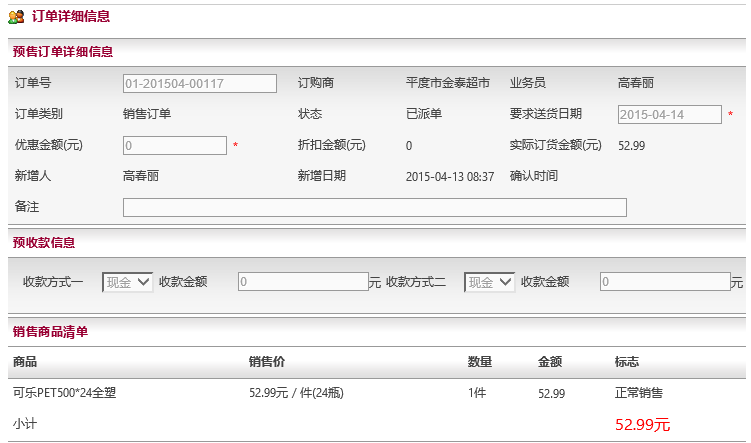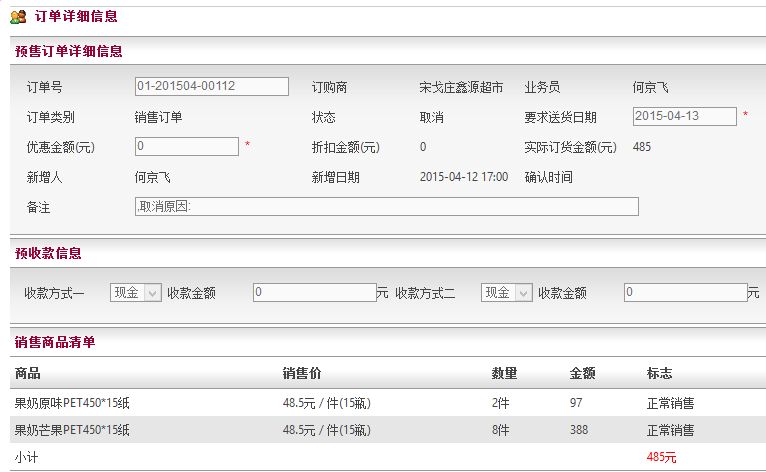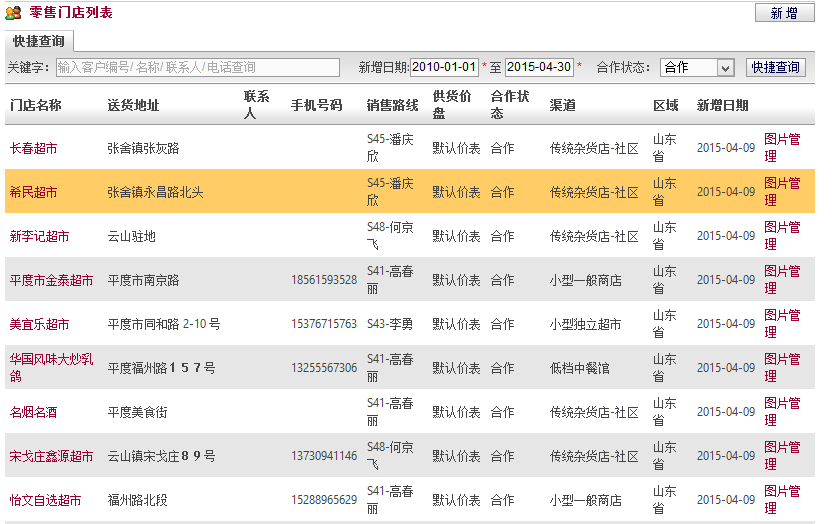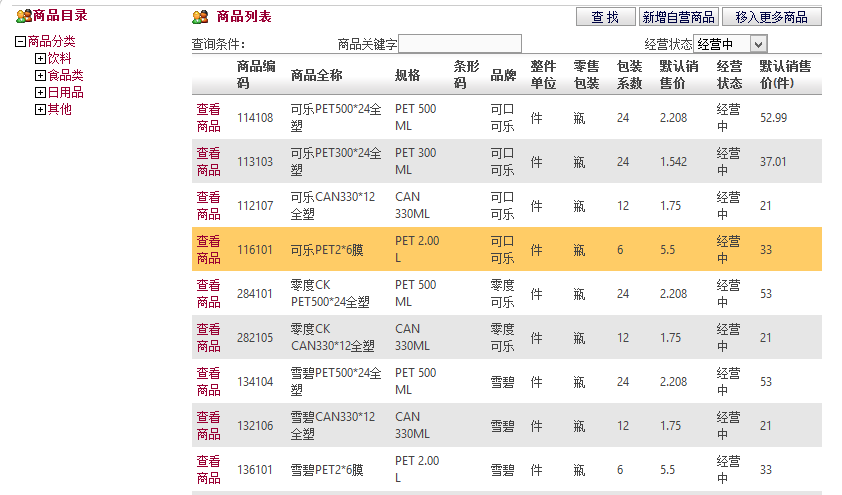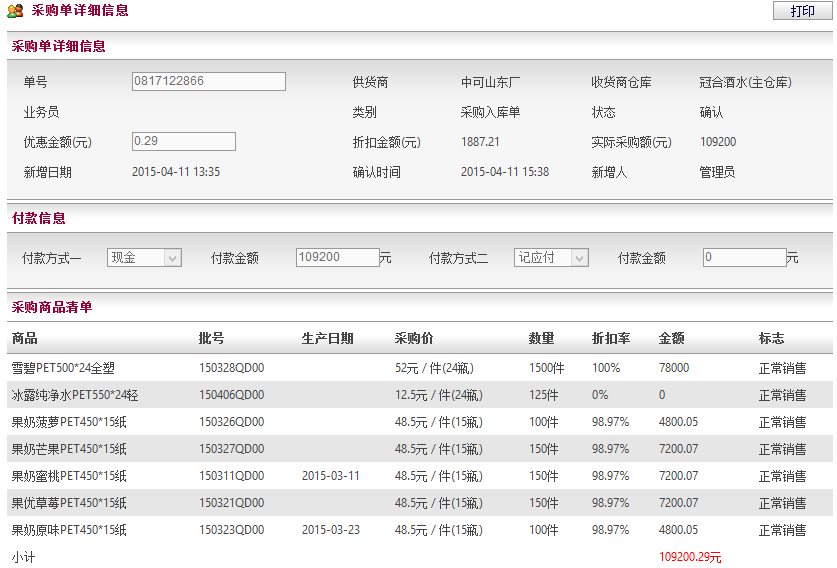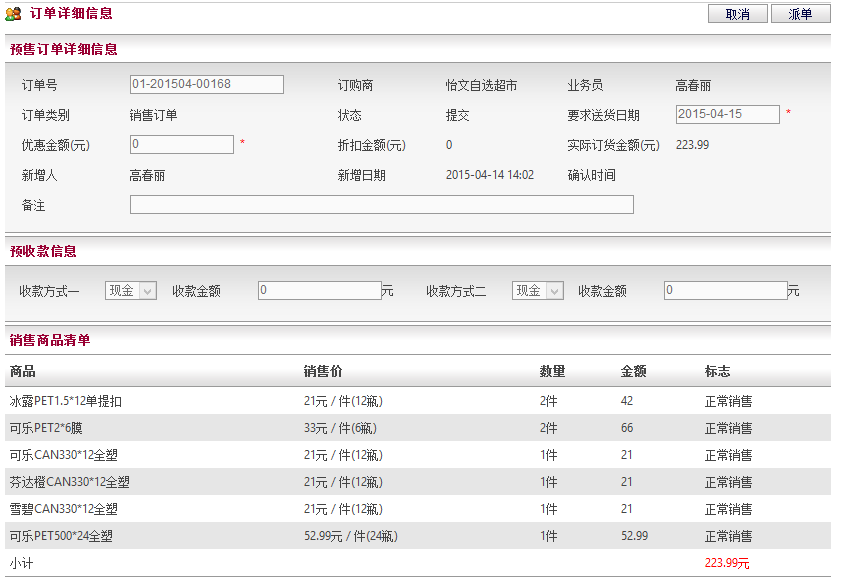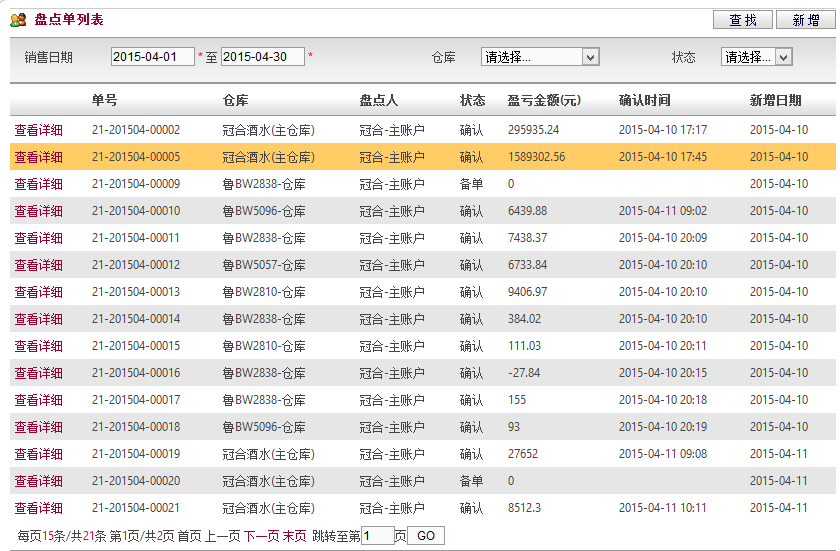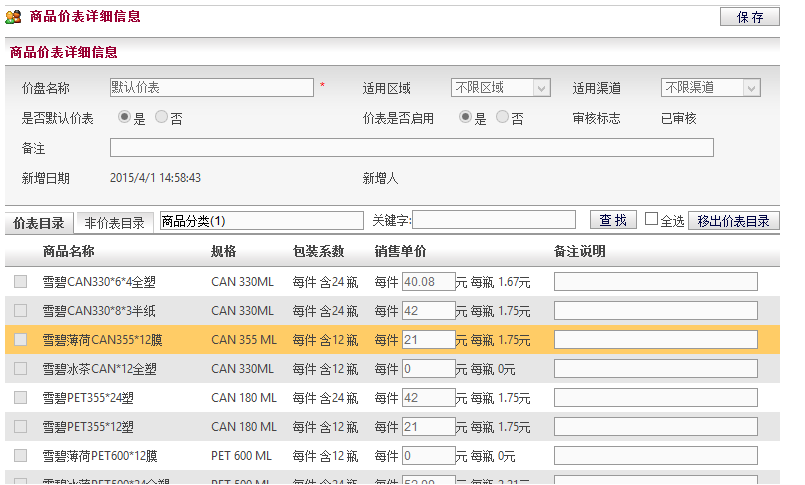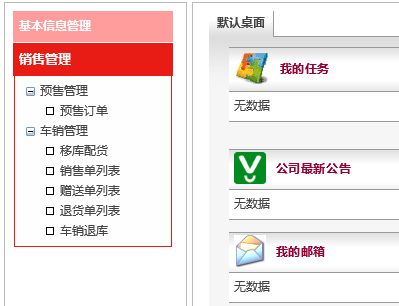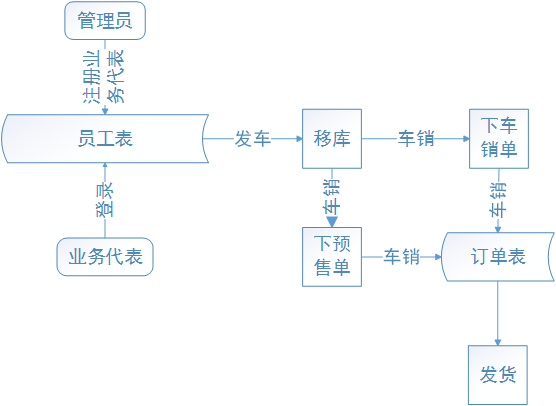摘要
进销存管理是现代企业生产经营中的重要环节,是完成企业资源配置的重要管理工作,对企业生产经营效率的最大化发挥着重要作用。本文以我国中小企业的进销存管理为研究对象,描述了企业进销存管理系统从需求分析、系统设计、系统实现到系统测试的全周期。在本次设计确定了进销存系统的基础功能需求,深入剖析了企业进销存的业务流程,完成了基础设置模块、客户管理模块、产品管理模块、进销存管理模块和系统管理模块的功能设计。分析部分对系统的概念、特点、运行环境及数据库设计进行了分析描述;设计部分根据系统的总体描述、模块及结构图提出了系统的总体设计方案内容;实现部分介绍了系统中各个模块的实现方法,做到客观实际,具有通用性。
关键词:进销存管理系统;.NET;B/S 模式;SQL
ABSTRACT
Inventory management in modern enterprise production and management is an important aspect. It also play an important role to maximize the efficiency of the production and operation of enterprises. Taking inventory management of SMEs in China for the study, this page describes the enterprise inventory management system from requirements analysis, system design, system implementation to a full cycle of system testing. In this page to determine the basis functional requirements of Invoicing system, in-depth analysis of the business processes of enterprises Invoicing completed basic settings module, customer management module, product management module, inventory management module and system management module functional design. Part of the concept of systems analysis, features, operating environment and database design are analyzed description; according to the general description of the design part, modules and structural diagram of the proposed system design program content; implementation section introduces the implementation of the system in each module methods to achieve the objective reality, with versatility.
Keywords: Inventory management system; .NET;B/S module; SQL
目录
摘要 III
ABSTRACT IV
目录 V
第1章 绪论 7
1.1 课题背景 7
1.2 国内外现状 7
1.3 课题的目的和意义 7
1.4 本文组织结构 8
第2章 相关技术介绍 9
2.1 ASP.NET技术 9
2.2 C#语言 9
2.3 SQL Server数据库 9
2.4 B/S结构 9
2.5 AJAX 10
2.6 Android 10
2.7本章小结 10
第3章 系统分析与设计 11
3.1 系统需求分析 11
3.1.1 业务流程分析 11
3.1.2 数据流程分析 12
3.1.3 功能性需求分析 13
3.1.4 非功能性需求分析 13
3.2 系统模块划分 14
3.3 系统数据库设计 14
3.3.1 概念设计 14
3.3.2 逻辑设计 15
3.3.3 物理设计 16
3.4 本章小结 16
第4章 系统实现 17
4.1 系统开发环境的选择 17
4.2 系统通用方法的实现 17
4.2.1 连接数据库 17
4.2.2 数据的绑定显示 17
4.2.3 分页栏 18
4.2.4 页面局部刷新和跳转 18
4.3 系统主要功能的实现 18
4.3.1 系统管理员功能 19
4.3.2 业务代表功能 25
4.4 本章小结 28
第5章 总结与展望 29
5.1 总结 29
5.2 展望 29
参考文献 30
致谢 31
